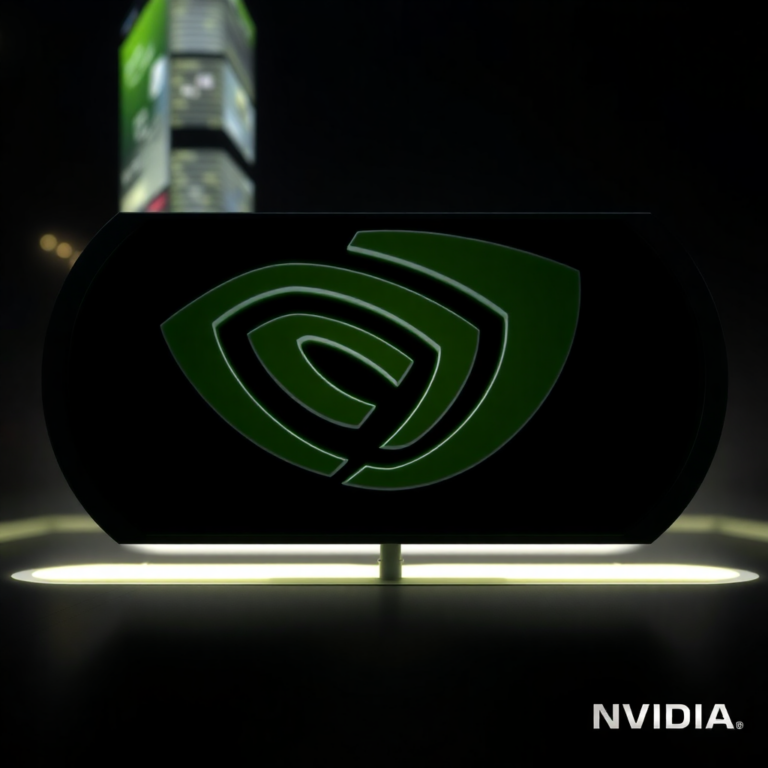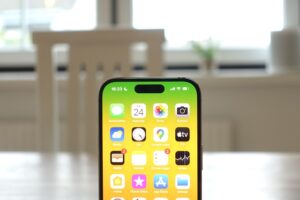In this article, we explore the recent news of Apple’s decision to bid farewell to the Lightning charger in the iPhone 15. Discover the implications of this move and the potential benefits of switching to USB-C for Apple users.
In the ever-evolving world of smartphones, Apple has always been a trailblazer, setting trends and often forcing the industry to follow suit. The recent news that Apple is ditching the Lightning charger in the iPhone 15 is no exception. This bold move has left many Apple enthusiasts and tech aficionados speculating about what’s next for the Cupertino giant.
The End of an Era: Farewell to the Lightning Charger
Since its debut with the iPhone 5 in 2012, the Lightning charger has been a fixture in Apple’s ecosystem. Its compact design and reversible connector made it a convenient and recognizable feature. However, change is inevitable in the tech world, and Apple is known for embracing it.
Why the Switch? The Case for USB-C
Apple’s decision to transition from the Lightning charger to USB-C in the iPhone 15 may seem abrupt, but it aligns with the broader industry trend toward standardization. Here are some compelling reasons behind this shift:
Universal Compatibility: USB-C is becoming the industry standard for charging and data transfer. By adopting this technology, Apple can ensure that its devices are compatible with a wide range of accessories and chargers, reducing the need for proprietary connectors.
Faster Charging: USB-C offers faster charging speeds than the Lightning connector. This means that users can charge their devices more quickly, a feature that is highly valued in today’s fast-paced world.
Environmental Impact: Apple has been making efforts to reduce its environmental footprint. USB-C is already widely used, so by adopting it, Apple can reduce electronic waste by minimizing the need for unique cables and connectors.
Implications for Apple Users
For current Apple users, this transition may raise some questions. Will your existing Lightning accessories become obsolete? The answer is not necessarily. Apple is likely to offer adapters or converters to ensure a smooth transition for its loyal customer base.
Moreover, the shift to USB-C could open up exciting possibilities for users. Imagine a single cable that can charge your iPhone, MacBook, and iPad. The convenience and simplicity of this prospect are hard to ignore.
The Future of iPhone Charging
As we eagerly await the release of the iPhone 15, one thing is clear: Apple’s decision to ditch the Lightning charger in favor of USB-C is a significant step. It reflects the company’s commitment to staying at the forefront of technology trends while also considering the practical needs and environmental concerns of its user base.
In conclusion, the iPhone 15’s move to USB-C is a bold and forward-thinking decision by Apple. While it may require some adjustments for longtime iPhone users, it promises greater convenience, faster charging, and a reduced environmental impact. As technology continues to evolve, so does Apple, and we can’t wait to see what the future holds for the iPhone and its charging technology.












